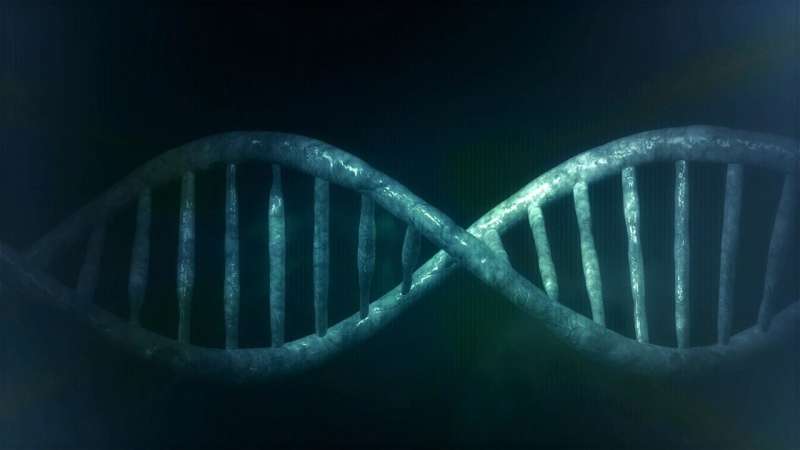This article has been reviewed according to Science X's editorial process and policies. Editors have highlighted the following attributes while ensuring the content's credibility:
fact-checked
trusted source
proofread
Epigenetic signature for obesity found in study of twins

A susceptibility to gain weight may be written into molecular processes of human cells, a Washington State University study indicates.
The proof-of-concept study with a set of 22 twins found an epigenetic signature in buccal or cheek cells appearing only for the twins who were obese compared to their thinner siblings. With more research, the findings could lead to a simple cheek swab test for an obesity biomarker and enable earlier prevention methods for a condition that effects 50% of U.S. adults, the researchers said.
"Obesity appears to be more complex than simple consumption of food. Our work indicates there's a susceptibility for this disease and molecular markers that are changing for it," said Michael Skinner, a WSU professor of biology and corresponding author of the study published in the journal Epigenetics.
The study focused on twins to help eliminate the role of genetics and instead focus on epigenetics, molecular processes which are separate from DNA but influence how genes are expressed. The fact that the epigenetic signature was found in cheek cells rather than fat cells also suggests that the obesity signature is likely found throughout the human system.
The signature's systemic nature also suggests that something may have occurred early in one twin's life that triggered obesity susceptibility, Skinner added. It's also possible that it was inherited by one twin and not the other.
For this study, Skinner worked with lead author Glen Duncan, director of the Washington State Twin Registry based at WSU, to identify 22 twin pairs, both identical and fraternal, who were discordant for obesity: one sibling had a body mass index of 30 or higher, the standard for obesity defined by the Centers of Disease Control and Prevention, while the other sibling was in the normal range of 25 and below.
The research team analyzed cells from cheek swabs provided by the twins. In the cells from the twin siblings who were obese, they found similar epigenetic changes to DNA methylation regions, areas where molecular groups made of methane attach to DNA, regulating gene expression or turning genes on or off.
The study would need to be replicated with larger groups of people to develop a biomarker test for obesity, the authors said.
The goal would be able to identify people earlier in life before they become obese so health care providers might help create interventions such as lifestyle changes, medication or both, said Duncan.
"Ultimately we would like to have some kind of preventative measure instead of our usual approach which is treatment," he said. "It's a simple fact that it's better to prevent a disease, then try to treat it after you have it."
More information: Glen E. Duncan et al, Epigenome-wide association study of systemic effects of obesity susceptibility in human twins, Epigenetics (2023). DOI: 10.1080/15592294.2023.2268834


















